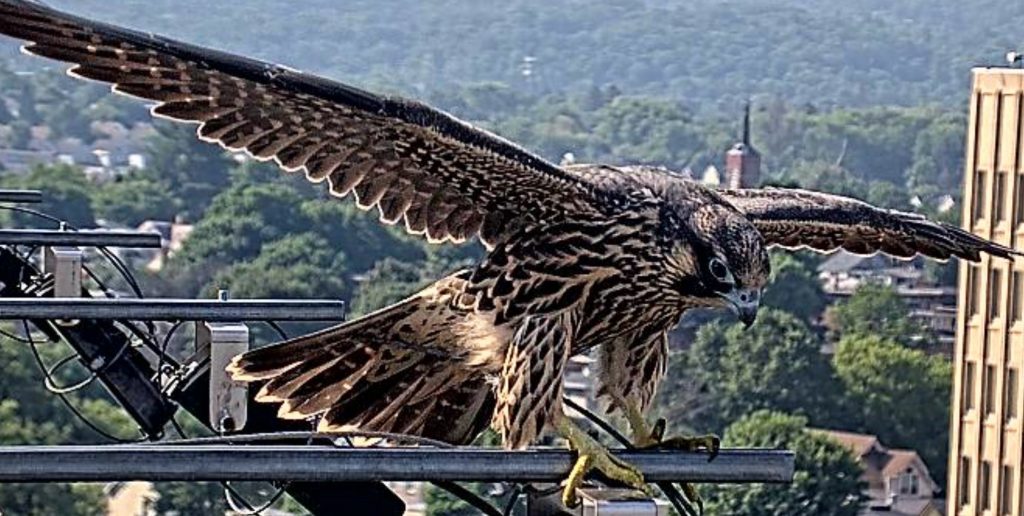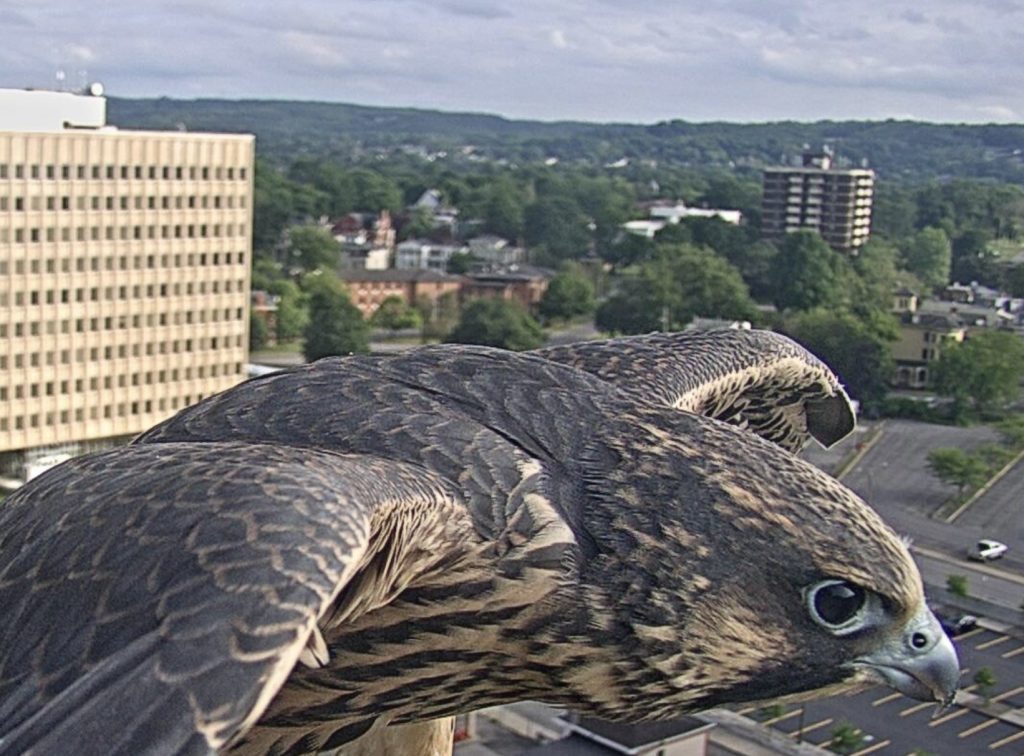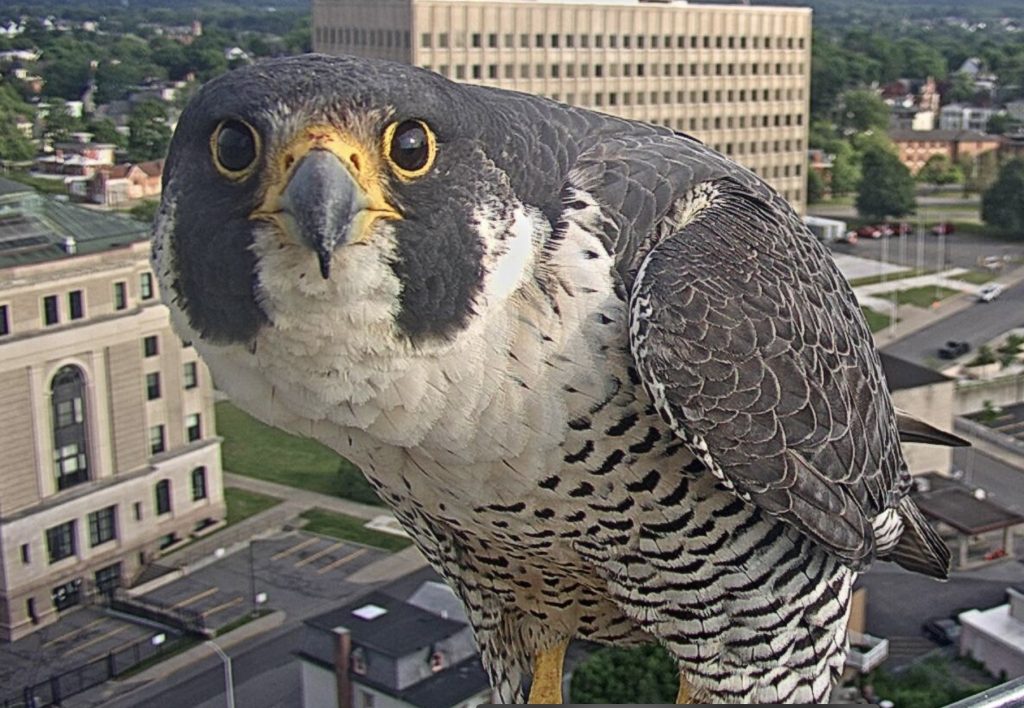Update for Thursday, June 20, 2024





News, video, and more about Utica's Peregrine Falcons
Update for Thursday, June 20, 2024





Update for Wednesday, June 19, 2024





Update for Tuesday, June 18, 2024





Update for Thursday, June 13, 2024




Update for Wednesday, June 12, 2024




